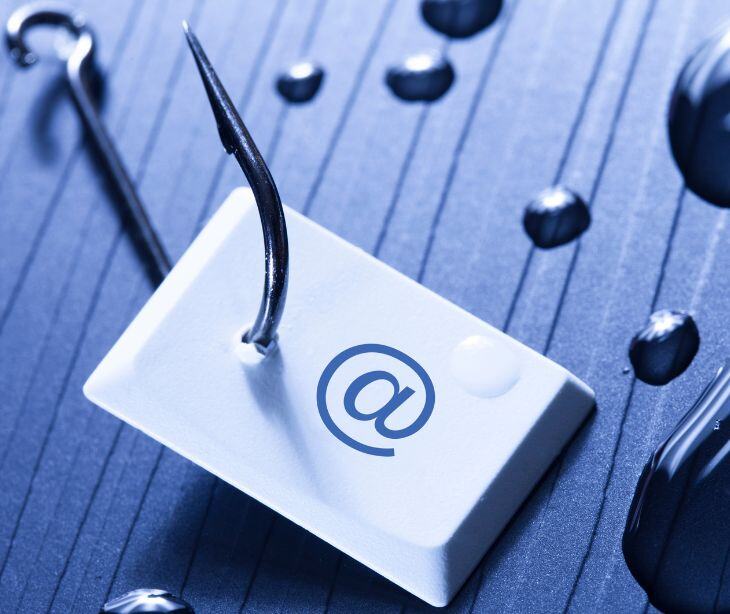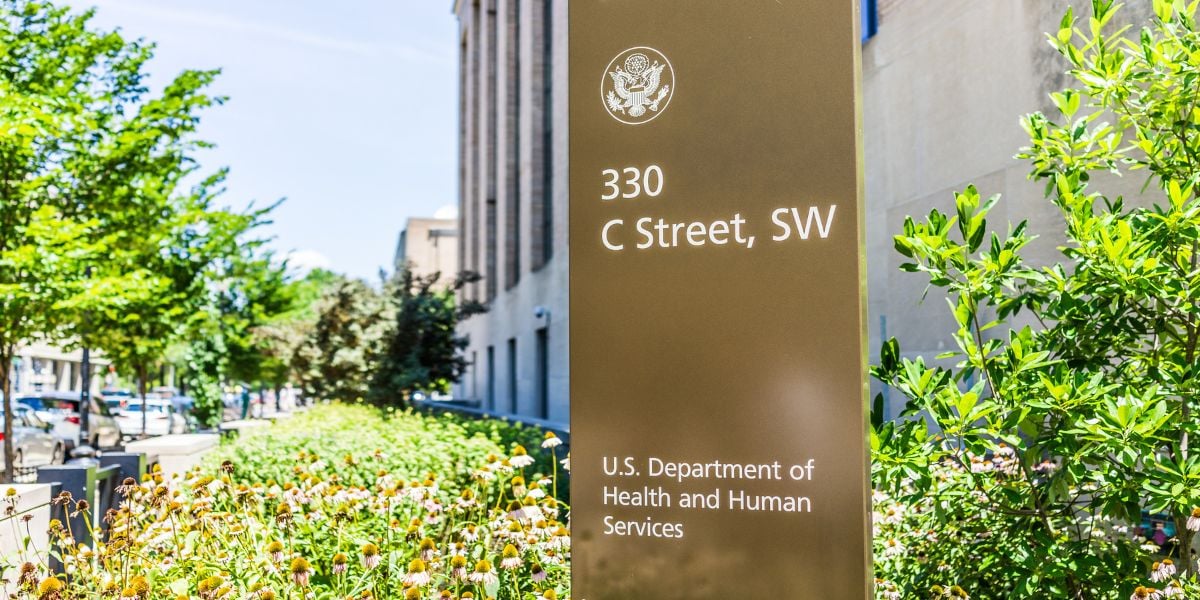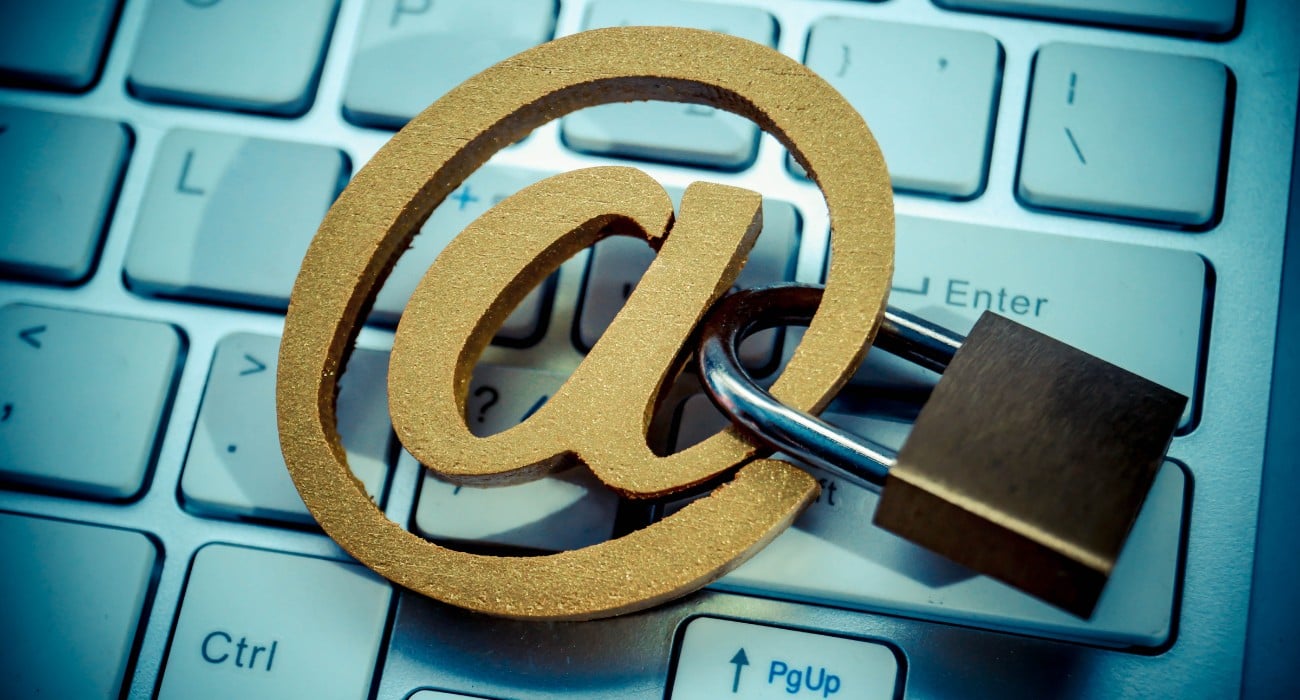
Spear phishing is a targeted cyberattack where attackers deceive specific individuals into revealing sensitive information or downloading malware by posing as trusted entities. In healthcare, it is a significant threat by targeting employees with access to protected health information (PHI), potentially leading to HIPAA violations, financial penalties, and reputational damage for organizations. Effective cybersecurity measures and staff training help with prevention.
Understanding spear phishing
Spear phishing is a targeted attempt to steal sensitive information like account credentials or financial information from a specific individual, often for malicious reasons, by masquerading as a trustworthy entity in electronic communications.
In simpler terms, spear phishing attacks focus on specific individuals within an organization. Attackers conduct extensive research on their targets, gathering information like names, job titles, and professional relationships. They use this data to create convincing emails that appear to come from trusted sources, such as colleagues, managers, or well-known companies. The goal is to trick the recipient into clicking on a malicious link or attachment, leading to the theft of sensitive information, installation of malware, or unauthorized access to systems.
The importance and impact of spear phishing
Spear phishing in healthcare targets specific employees with access to PHI, aiming to trick them into divulging sensitive data or installing malware. A successful attack violates HIPAA regulations and exposes healthcare organizations to significant financial penalties and reputational harm. A recent report found that phishing resulted in more breaches than malware and unpatched systems combined (48% vs 41%). Therefore, robust defenses and ongoing staff training help safeguard against these sophisticated cyber threats effectively.
Spear phishing and HIPAA compliance
HIPAA mandates stringent protections for PHI to ensure patient privacy and security. Spear phishing attacks directly threaten HIPAA compliance by potentially exposing sensitive patient information. A breach resulting from a successful spear phishing attack can lead to significant penalties, including hefty fines and corrective action plans imposed by the Department of Health and Human Services (HHS).
HIPAA requires healthcare organizations to implement administrative, physical, and technical safeguards to protect PHI. According to the HHS, "Specifically, covered entities must identify and protect against reasonably anticipated threats to the security or integrity of the information.". Spear phishing exploits vulnerabilities in these safeguards, often through human error, stressing the need for comprehensive defenses beyond just technology.
Common sources of spear phishing
Attackers use various methods to gather information about their targets. These include social media profiles, company websites, and other publicly available data. In healthcare, attackers may focus on employees with access to sensitive patient data or administrative systems. Attackers increase the likelihood of the recipient falling for the scam by crafting emails that seem relevant and urgent.
Related: Tips to spot phishing emails disguised as healthcare communication
Types of spear phishing
- Impersonation of trusted colleagues: Attackers often impersonate trusted colleagues or superiors within the organization. An email appearing to come from a senior doctor or executive can carry significant weight, prompting the recipient to act without questioning its legitimacy.
- Mimicking healthcare providers: Phishing emails may also mimic well-known healthcare providers or organizations, requesting patient data or login credentials under the guise of necessary administrative actions.
- Targeting through industry-specific themes: Spear phishing emails may use industry-specific themes, such as new healthcare regulations, urgent medical research updates, or critical patient care instructions, to lower the recipient's defenses.
Defending against spear phishing
- Email security solutions: Invest in a HIPAA compliant email service that includes spam filtering, advanced threat detection, and sandboxing. Sandboxing allows for the safe analysis of suspicious attachments, identifying potential malware before it can infect a device.
- URL filtering: Implement web filtering solutions to block access to malicious websites. These filters use threat intelligence to identify and block risky URLs, protecting employees regardless of how they encounter them.
- Data encryption: Encrypt sensitive patient data both at rest and in transit. Encryption ensures that even if data is intercepted it remains unreadable to unauthorized users.
- Regular employee training: Conduct regular training sessions to educate staff on spear phishing tactics, red flags to watch for, and best practices for secure communication. Training should include practical examples and interactive components to reinforce learning.
- Strong password policies: Enforce strong password policies that require complex combinations of characters. That makes it harder for attackers to use brute-force methods to crack passwords.
- Restrict data access: Implement the principle of least privilege, granting access to patient data only to authorized personnel who require it for their specific job duties.
- Incident response plan: Develop a clear incident response plan that outlines the steps to take in case of a suspected or confirmed data breach.
FAQs
What are some red flags that might indicate a spear phishing attempt?
Look out for emails or messages that create a sense of urgency, request sensitive information unexpectedly, or come from unfamiliar or slightly altered email addresses that mimic trusted contacts.
What should healthcare employees do if they suspect a spear phishing attempt?
Employees should report suspicious emails or messages to their organization's IT or security team immediately without interacting further with the content.
Can multi-factor authentication (MFA) help protect against spear phishing attacks?
Yes, implementing multi-factor authentication adds an extra layer of security by requiring additional verification beyond passwords, reducing the risk of unauthorized access even if credentials are compromised in a phishing attack.
Subscribe to Paubox Weekly
Every Friday we'll bring you the most important news from Paubox. Our aim is to make you smarter, faster.




